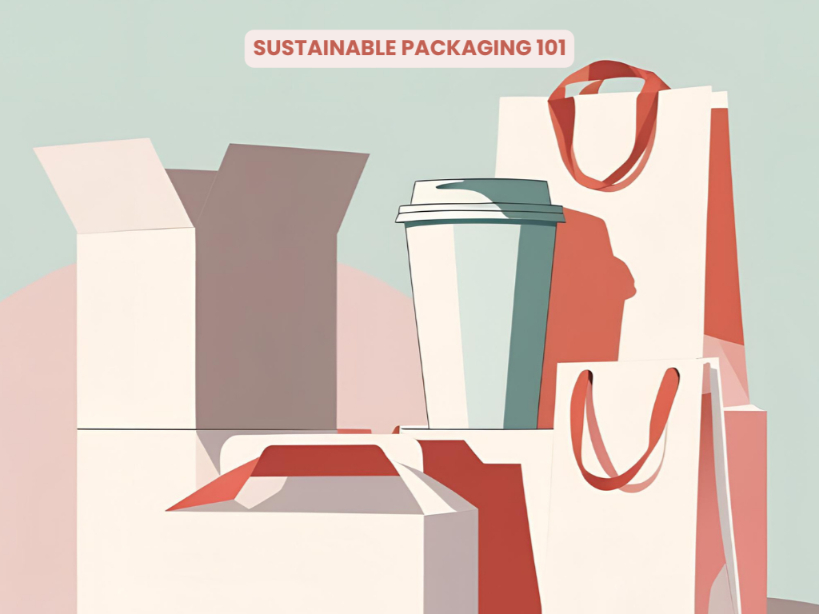TISSUE INDUSTRY FACES PERSISTENT MARGIN PRESSURE IN 2025
As 2025 unfolds, the tissue paper segment continues to navigate a landscape defined by volatility in costs and constrained profitability. According to the latest insights from Fastmarkets, featured in the March issue of O Papel, margin pressure remains one of the foremost challenges for the global and Brazilian tissue industry.
STRUCTURAL COST PRESSURES
Input costs, particularly energy, transportation, and chemicals, remain elevated following successive years of macroeconomic disruptions and geopolitical tensions. Although pulp prices have shown some fluctuation, other essential cost centers have yet to normalize, creating an increasingly uneven playing field. This has disproportionately affected small and mid-sized producers, who typically operate with leaner buffers and less purchasing power.
In Brazil, a key global tissue market, these structural costs are exacerbated by logistics bottlenecks and energy price volatility. The result: even as domestic demand shows moderate recovery, producers are finding it difficult to pass through price increases, leading to tighter margins across the board.
CAPACITY VS. DEMAND IMBALANCE
While demand for tissue remains resilient, driven by hygiene habits ingrained during the pandemic, overcapacity in some regions has diluted pricing power. As more players compete for a relatively stable volume of demand, price discipline becomes harder to maintain.
Moreover, private label expansion continues to challenge branded producers, further compressing margins and incentivizing cost-cutting measures. In markets like Brazil, where brand loyalty is often secondary to price, this trend is intensifying competition at the lower end of the value chain.
STRATEGIC RESPONSES EMERGING
In response, leading players are doubling down on operational efficiency, with a renewed focus on machine uptime, fiber optimization, and energy savings. Investments in energy cogeneration and water recirculation systems are gaining traction, particularly among producers aligned with ESG goals.
Meanwhile, automation and digitalization in tissue converting lines are being adopted to reduce labor dependency and improve throughput. These transformations are no longer optional; they’re quickly becoming core to maintaining viability in the face of compressed margins.
WHAT COMES NEXT?
The rest of 2025 will likely be marked by:
- Further consolidation among smaller tissue players, especially in Latin America;
- Selective price recovery in premium and specialty tissue segments;
- Continued pressure on contract manufacturing margins, especially for exports from high-cost bases.
For producers and investors alike, the message is clear: operational agility, cost control, and smart capital allocation will define winners in the tissue sector this year.
At Coniferous, we continue to monitor the evolving margin landscape closely, providing real-time insights to help our partners adapt and thrive in shifting markets.


